I am a serial organizer but I hate the restocking trend – here are the 4 reasons you should give it a miss
Use your time and energy elsewhere, I say

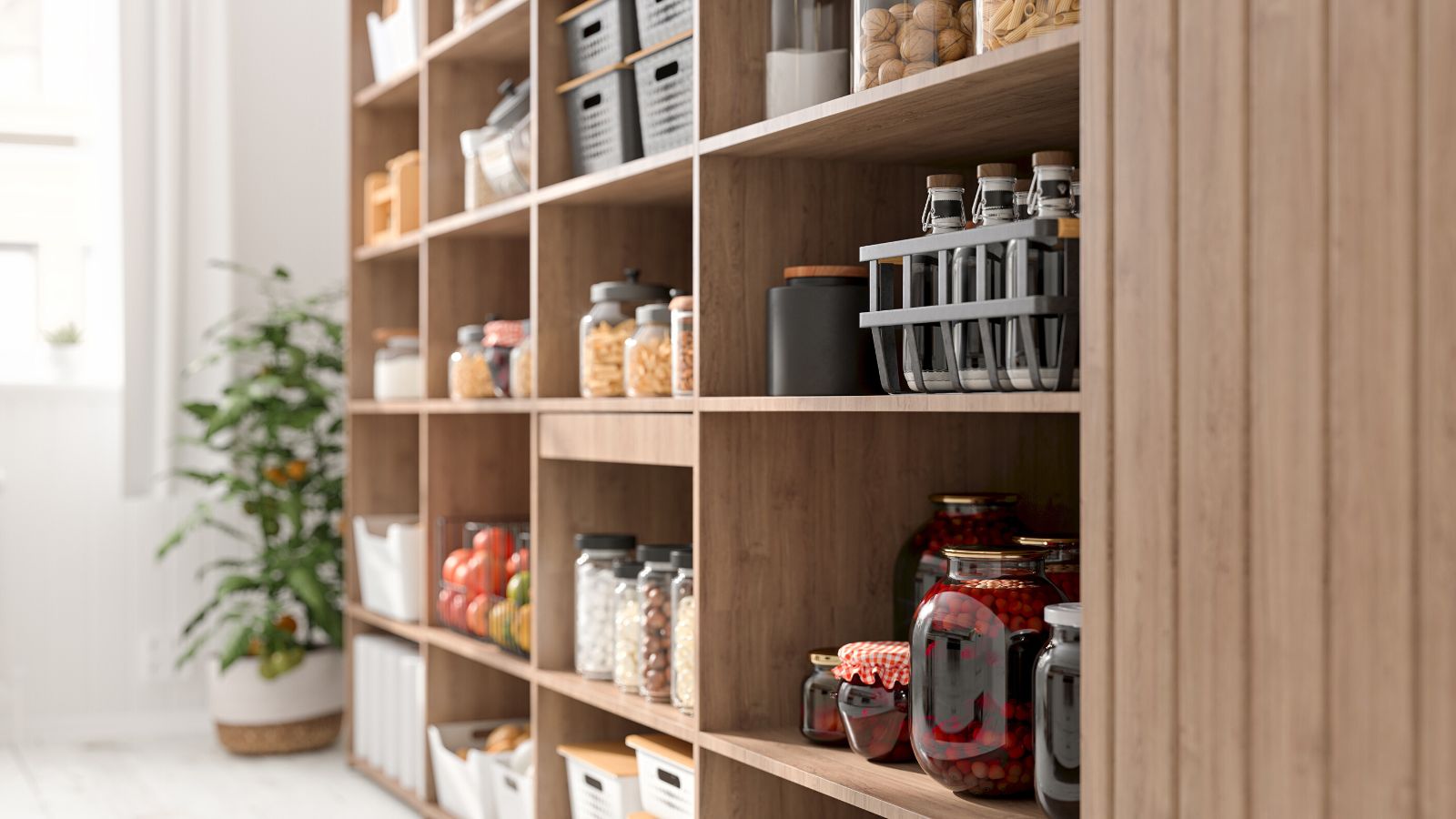
I love to stay organized – It's one of the reasons I'm a content editor for Solved here at H&G. Organizing was a practice my ex-military father instilled in me when I was very little and it stuck into adulthood. Honestly, not a week goes by where I don't spend at least one day decluttering and tidying my home.
While I love watching satisfying videos of people organizing their spaces online, there is one trend I simply cannot abide by: the restocking one, where people load up fridges or pantries with an abundance of varied goods. It has blown up significantly on social media in recent year, but I think restocking like this actually makes organizing harder – and for several key reasons.
Here, I detail why I hate the restocking trend and how it's actually making managing a home harder. Instead, I share smart home organizing alternatives to keep your space functional but not overflowing.
Why I hate the restocking trend
In case you are not familiar, the restocking trend is the act of buying lots of products in one go, usually at a wholesale store such as Costco, and then refilling jars and containers in your home, leaving the back stock in a cabinet somewhere.
While it is possible to organize your home after bulk-buying groceries in this way, I don't like it because it adds a lot of effort to your weekly shops – and takes up more storage space than it really needs to.
As a trend, it is one of those things that always makes your kitchen look cluttered. Here’s why I stay away from it.
1. It creates the need for double the storage

Unless you are able to empty every single packet into your jars and containers, you are almost always going to have leftover stock lingering around your home, be it dried food goods or spare toiletries.
Design expertise in your inbox – from inspiring decorating ideas and beautiful celebrity homes to practical gardening advice and shopping round-ups.
This then means you need to have double the home storage ideas – one space to keep the items you are using at the time (such as your kitchen cabinets or bathroom vanity) and another storage spot to keep the leftovers out of sight. In my opinion, this is not a great use of your space. In fact, it is a common way of wasting space in your kitchen.
Instead or buying into the abundance of the restocking trend, it is better to buy only what you need, as Carol Appelbaum, founder of Luxury Pro Organizer suggests.
Carol explains, ‘Highly organized individuals understand the value of being minimal. They recognize that having too many of the same item can lead to clutter and disorganization. Instead, they opt for fewer, high-quality items that serve multiple purposes. This approach saves space and makes it easier to maintain a tidy and organized home.
‘Regularly assessing their belongings and letting go of items that no longer serve them creates a living environment that feels spacious, luxurious, and free from unnecessary distractions.’
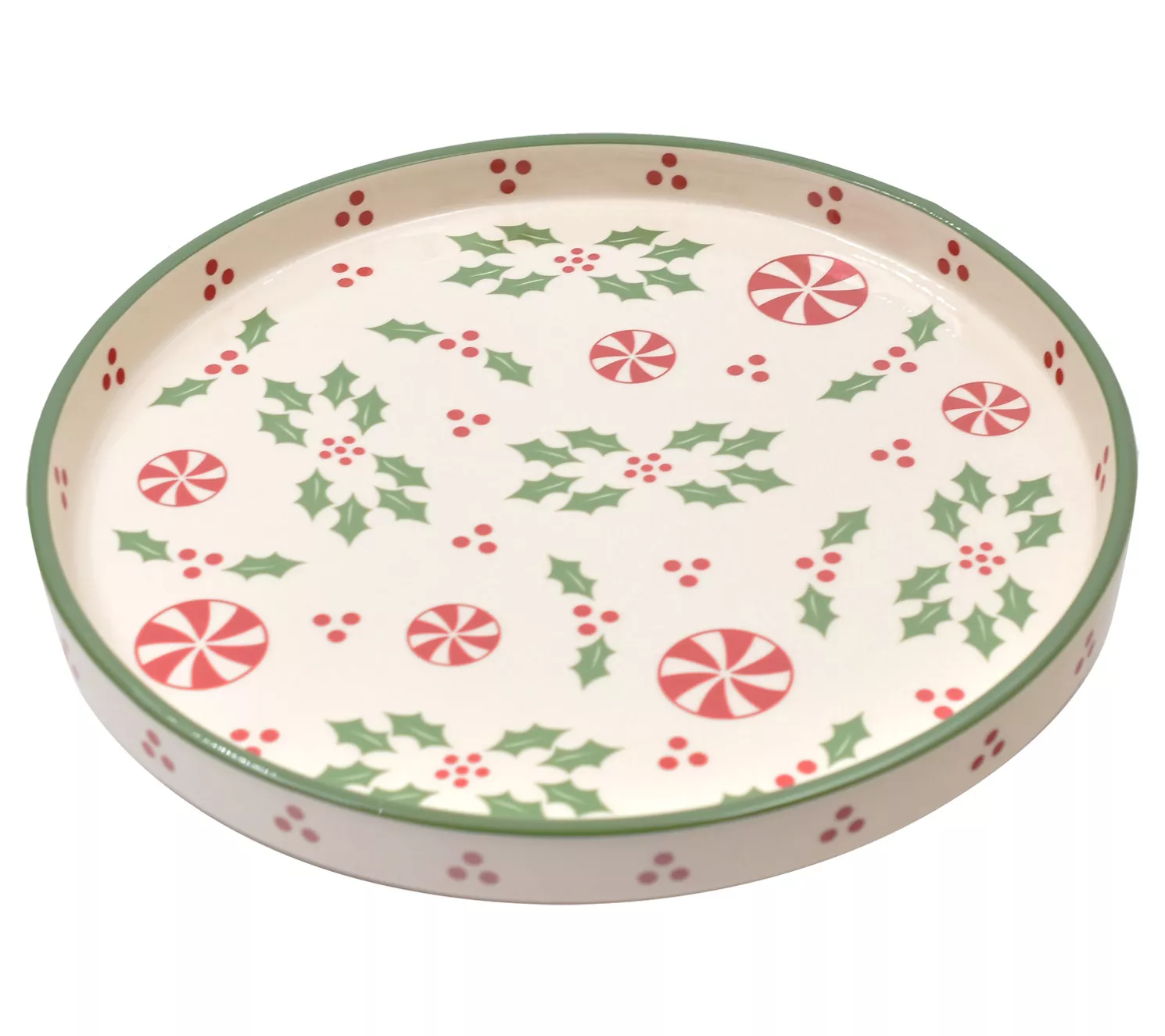
Lazy Susans are brilliant for optimizing your pantry or cabinet space and stops items getting lost in the back. Use these to keep groups of items in the same category together, such as condiments. It's easier to keep an eye on stock levels like this so you won't run out, but also won't need to keep spares to hand that clutter up your storage space.
2. It creates waste
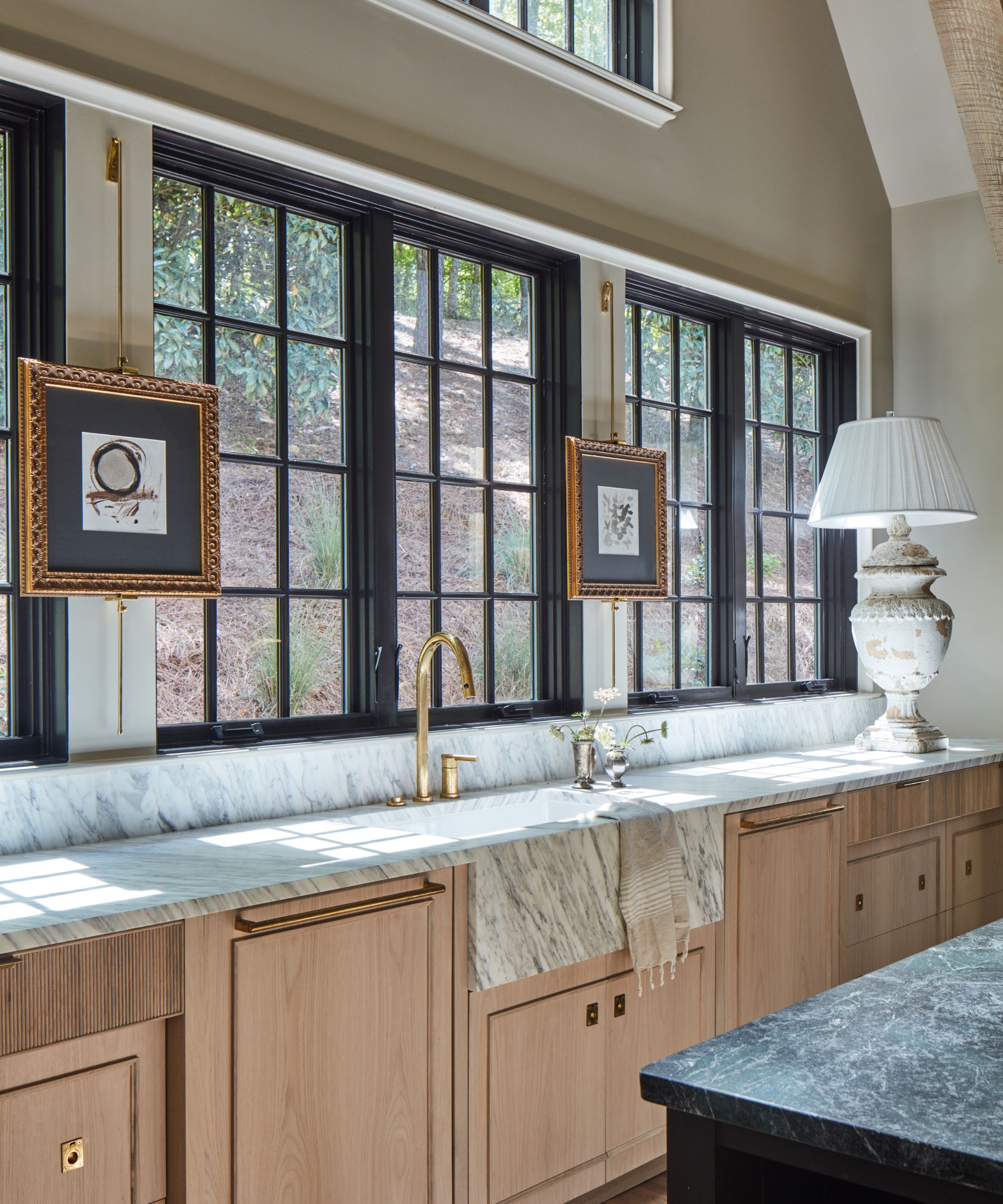
I am always looking for more ways to be sustainable at home. It might not seem like it does much, but for every container reused or recycled there is a little less in landfill. Repeat this weekly, and that is a lot of prevented waste.
When focusing on the restocking trend and trying to emulate the picture-perfect spaces we see online, we can be tempted to buy far more than we need, resulting in items we eventually throw out when we don’t use them in time, or realize we don’t actually like enough to use it all up.
Even if you do successfully use all of a bulk-bought product, by emptying it out of its store-bought container and into a ‘prettier’ one, we are reducing the usefulness and lifespan of the original packet. Yes, there are some instances where custom food storage ideas can help you reduce food waste, but most of the time, the store packet is more than sufficient. It is a far more eco-friendly organizing tip for a more sustainable home.
All prices correct at time of publication.
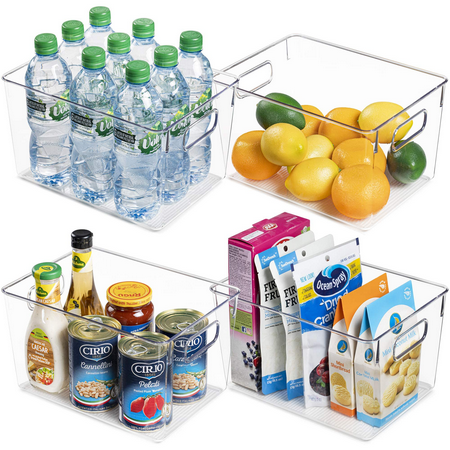
Just because I no longer decant my food does not mean that the cabinets around my home have fallen into cluttered chaos. I still use storage bins and shelf organizers to keep packets and boxes neat in my cupboards.
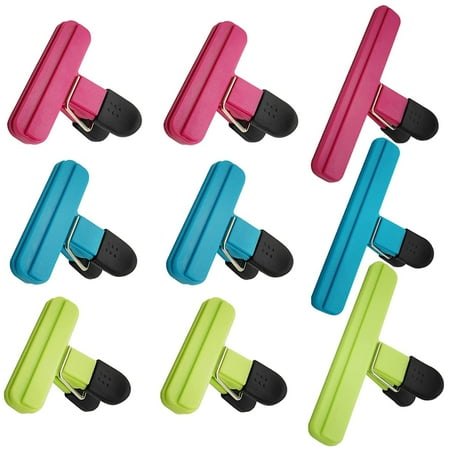
Not putting food into jars doesn't mean it has to go stale. You can easily keep food fresh with a simple food clip, such as these from Walmart. They take up far less space as you're not decanting into a larger item with dead space.
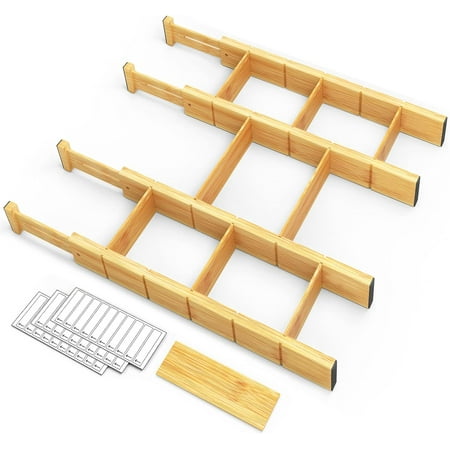
The same goes for organizing drawers in my kitchen, office, and bathroom. I use adjustable drawer dividers to keep things neat, and I can change them depending on which products I have in my house at any one time.
3. It adds time to your chores
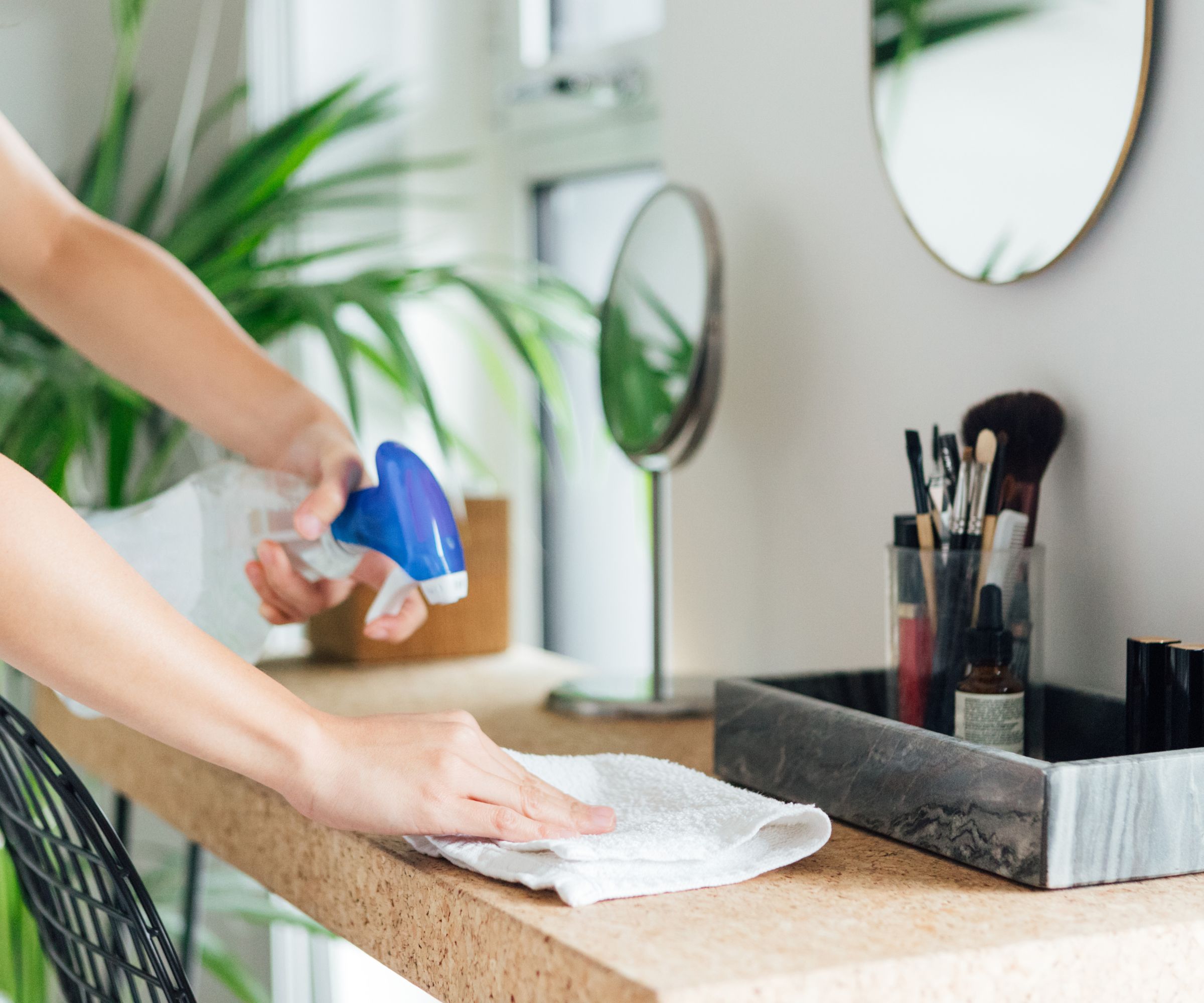
Unless you really, really love doing chores, most of us are always looking for ways to enjoy a chore-free weekend. This means making our cleaning and tidying tasks as succinct and effective as possible.
When trying to follow the restocking trend, however, you are actively adding time to your chores. Having to open packets, decant dried food goods, and find a home for the leftovers is taking time out of relaxing or spending time with your family. Creating good organizing systems is about saving time and energy, not wasting them.
Unless you are running a successful social media channel where you earn money from videos of aesthetic organizing tricks, it is often not all that worth it – especially if things are then hidden behind cabinet doors anyway.
Silvia de Denaro Vieira, CEO and co-founder of the home management app Coexist says working around this usually means planning ahead to keep your chore time down. For example, she says, ‘In our house, we create weekly shopping lists and stick to them to keep ourselves from picking up things we don’t need. We also use packing lists for trips to make sure we have everything we need without over-packing. It’s all about being organized and thoughtful to make life a bit simpler.’
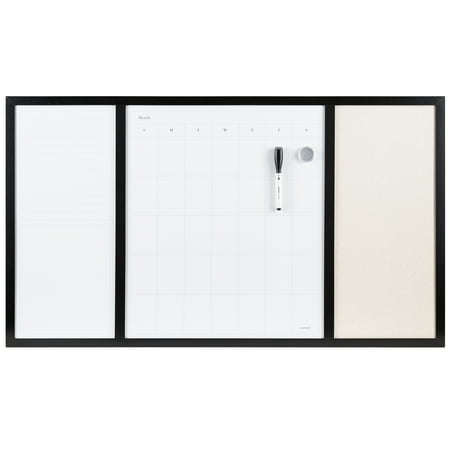
This whiteboard and pin board command center is a great way to keep track of what you have used and what you need to buy on a weekly basis so nothing is forgotten or goes to waste. Hanging it in a prevalent spot in your home will help you keep tabs on your shopping and to-do lists for a more manageable daily routine.
4. It promotes overconsumption
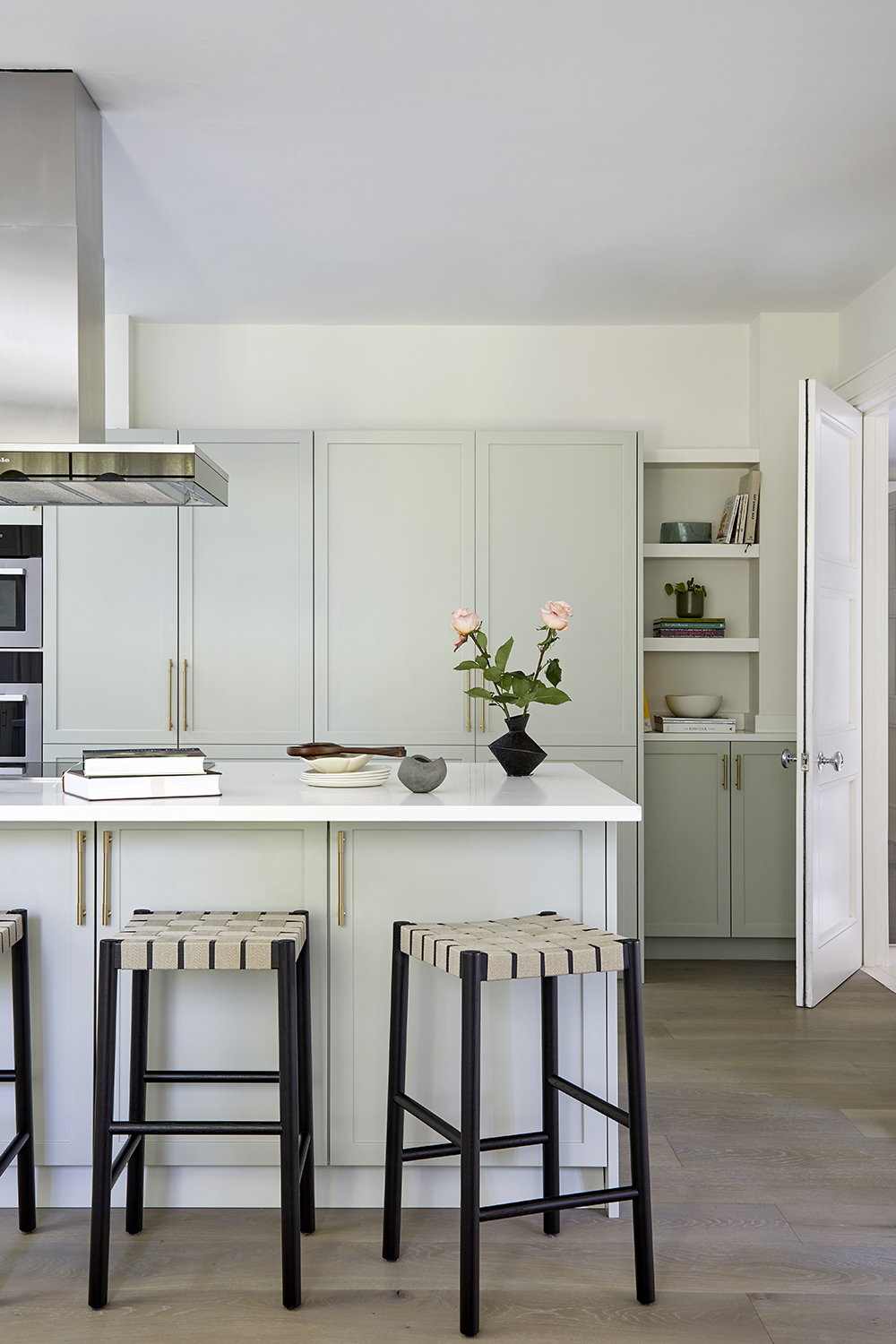
Bulk-buying products have a time and place. If you have a very large household, for instance, where items are used quickly without much waste, then it is certainly more practical than running to the store three or four times a week. However, for smaller households of four or less, it is almost always overkill. If your goal is to keep your containers full just so your kitchen or laundry room organization ‘looks nicer’, then you are likely over-consuming.
Over-consumption can put a strain on your personal finances and storage, while also promoting over-production, meaning more is created, once again leading to more waste. This is why I much prefer the underconsumption trend, which puts focus on using every bit of life from a product before replacing it, be it a tube of toothpaste or a coat.
Kathy Cohoon, operations manager at Two Maids agrees. She says, ‘I think the under-consumption trend is a breath of fresh air. With all the pressure to keep buying and accumulating stuff, it’s nice to see a shift toward being more mindful of what we truly need. It’s like hitting the pause button and really thinking about what’s worth bringing into our homes. Plus, it’s a great way to keep our spaces clutter-free and stress levels down.’
It is important to note that restocking products into nicer jars and containers is certainly something I subscribed to for a long time before realizing how much harder it was making my life. For a while, it did make me feel a little better about how my home looked, and I am sure it does the same for many others. However, it is also worth paying attention to your habits and being mindful of both the waste they create and when it stops being fun.
When filling glass jars turns from satisfying to stressful as you try to push perfection, it is important to draw a line. A general aura of relaxation and smart systems are two of the many things pro organizers always notice in a well-organized home, without them, it is still only visually organized chaos.

Chiana has been at Homes & Gardens for two years and is our resident 'queen' of non-toxic living. She spends most of her time producing content for the Solved section of the website, helping readers get the most out of their homes through clever decluttering, cleaning, and tidying tips. She was named one of Fixr's top home improvement journalists in 2024.